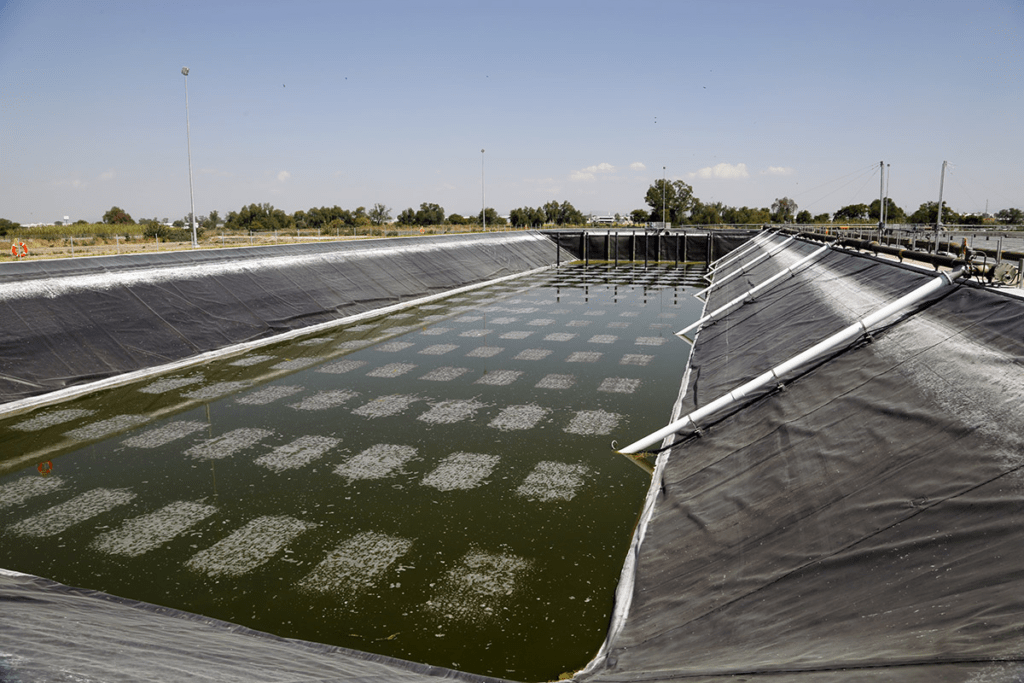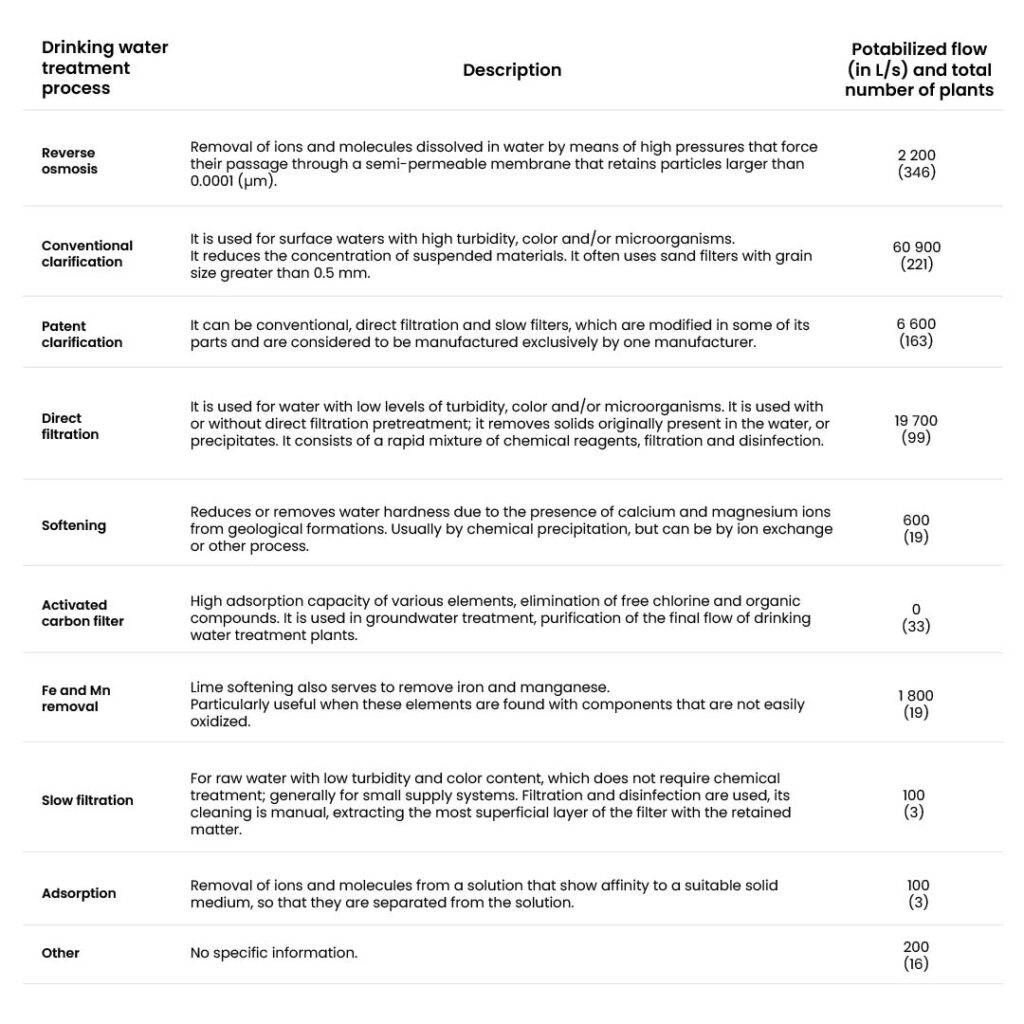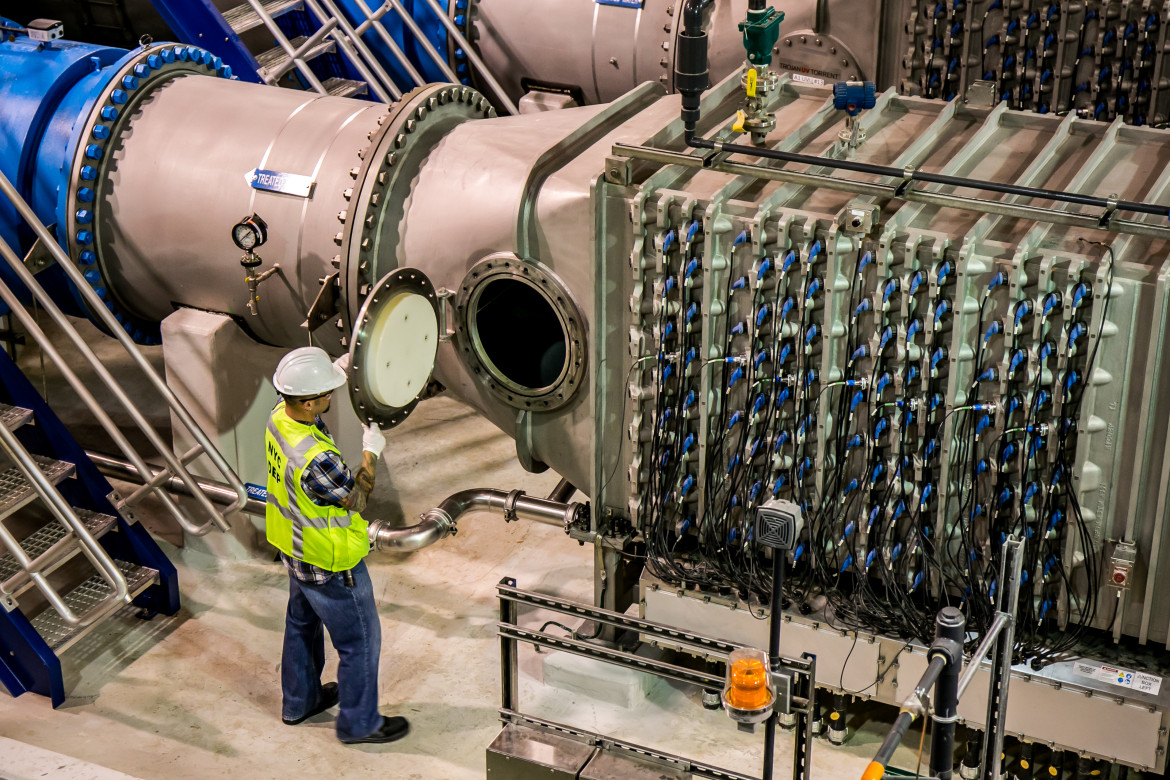Water, a natural resource essential for human life, is at risk due to inefficient management of its use. 10 Significant Facts About Mexico’s Water Situation
Globally, only 2.5% of the water on the Earth’s surface is fresh, and although water has been found elsewhere in the solar system, its quantity is not sufficient to support life as on Earth, according to NASA research.

In the context of Mexico, the Universidad Autónoma de México (UNAM) has compiled revealing data on water use, covering economic, social and environmental aspects.
Here are 10 key facts that highlight the importance of addressing this vital issue:
- According to the National Water Commission, in 2011, Mexican cities had 95.4% drinking water coverage and 90.2% sewerage coverage.
- Diarrhea, often caused by contaminated water, is the leading intestinal disease in Mexico. It is estimated that 5,521 cases occur per 100,000 inhabitants annually.
- Groundwater is used to irrigate 2 million hectares and meets 50% of the needs of industry, 70% of urban areas and almost the entire rural population.
- Between 30 and 50% of the water is lost due to leaks in the distribution networks.
- Of the 13.9 billion cubic meters of wastewater generated annually, only 37.8% is treated.
- Industry in Mexico extracts 3.3 billion cubic meters of water, which represents 4.0% of national extraction.
- Agriculture is the sector that consumes the most water resources, accounting for 75.72%.
- In Mexico, there are more than 4,462 dams, of which 667 are considered large due to their storage capacity.
- The dam with the largest capacity in the country is Belisario Domínguez, located in Chiapas, followed by Infiernillo, which is located between Guerrero and Michoacán.
- Alarmingly, 9 million inhabitants lack access to drinking water, and 10.5 million do not have access to sewage.
These data underscore the urgency of taking measures to conserve water, including the protection of freshwater sources, as this resource is of critical importance to all Mexicans and to the planet as a whole.
Water treatment plants in Mexico
In 2020, there were 997 drinking water treatment plants in operation in the country, with a total installed capacity of 152,682.6 l/s and a drinking water treatment flow rate of 117,617.9 l/s.
By the end of 2021, 984 plants will be in operation, with a combined installed capacity of 147,767.2 l/s and a potabilized flow of 111,120.6 l/s.
It is observed that during the year there was a decrease in the total number of plants, total installed flow and potable water flow, due to the fact that the plants that currently exist face a financial problem and/or have reached their useful life, leaving some in a rehabilitation status, for which reason, in the updating of the infrastructure of the potable water treatment plants that were in operation, there was a decrease in the number of plants in operation.

a. In 2016, Mexico had an installed water potabilization capacity of 140.3 cubic meters per second in 908 potabilization plants. However, only about 101.4 cubic meters per second were made potable, equivalent to 72.3% of the installed capacity.
b. The coverage of disinfected water in that year was 97.3%, which means that, of the 348 cubic meters per second supplied to the population, 339 cubic meters per second were disinfected, an increase of 16 liters per second compared to 2013.
c. Of the total disinfected water supplied nationwide (339 cubic meters per second), approximately 59% came from subway sources, disinfecting 199 cubic meters per second. The remainder was obtained from surface sources, with 140 cubic meters per second processed for potabilization.
d. The distribution of water treatment infrastructure is not uniform throughout the country. In 2016, Jalisco, State of Mexico and Tamaulipas stood out with flow rates above 12 thousand liters per second, with 42, 12 and 55 plants respectively.
In contrast, Morelos and Colima had water flows of less than 10 liters per second, and entities such as Nayarit, Quintana Roo, Tlaxcala and Yucatán lacked water treatment plants.
Processes used in water treatment plants in Mexico, 2017.
In 2017, the most widely used potabilization process was reverse osmosis, with 346 plants, representing 37% of the total. It was followed by conventional clarification, used in 221 plants, and patent clarification, used in 163 plants.
Reverse osmosis plants treated 2,200 liters per second, conventional clarification plants treated 68,900 liters per second, and patent clarification plants treated 6,600 liters per second.

Zeolite as a filter medium to improve water quality in water treatment processes.
Zeolite, a porous mineral that improves water quality in drinking water treatment plants and processes in Mexico by acting as a highly effective filter.
Its porous properties allow the removal of suspended solids, turbidity and suspended particles in the water, achieving a clarification and cleaning of the liquid.
In addition, zeolite can retain particles of up to 1 micron, surpassing the capacity of other filter media that only retain up to 5 microns.





